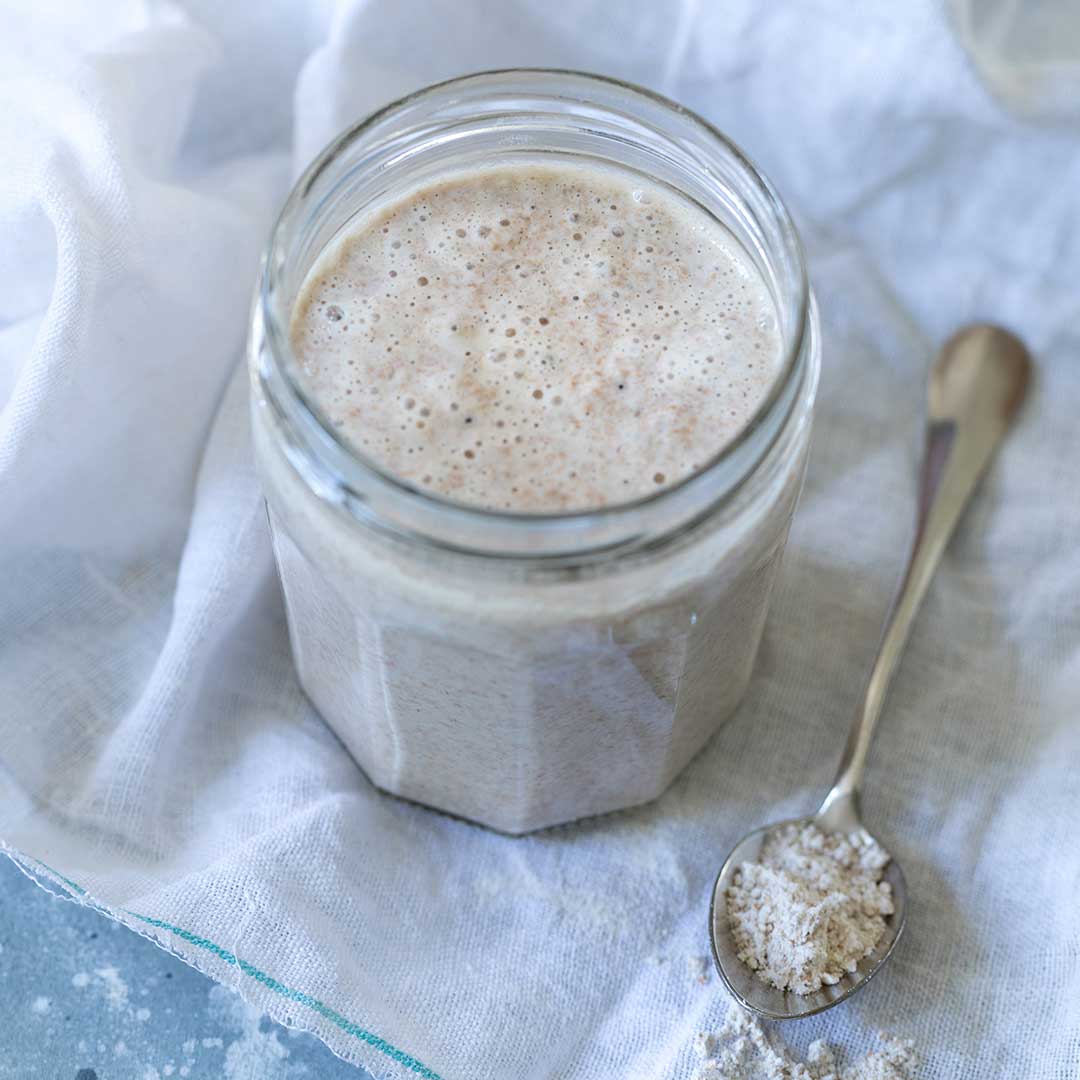

How to Make a Sourdough Starter
About this recipe:
A sourdough starter is a paste made from a whole grain flour and water that captures and develops wild yeasts to create the basis of leavening for sourdough bread making. This paste will need feeding with flour and water about every 12 hours and must be kept in a warm place for 3 to 5 days to become active. Once the starter is active some of it is used to make a ferment which is eventually mixed with more flour and water to make breads such as a Sourdough Cob, Sourdough Spelt Wholemeal Loaf or Sourdough Pumpkin and Sunflower Bread.
For additional information with hints and tips, please see our Guide to Sourdough Making and you may also find our Sourdough Starter Table helpful.
Equipment:
500ml glass bowl
Ingredients:
8-10 tbsp Doves Farm Organic Wholemeal Spelt Flour
8-10 tbsp tepid water
Method:
Starter – use this handy chart to help you keep track of your feeding times.
- On the first day, put one tablespoon of flour and one of water into a 500ml glass bowl and mix together.
- Wet a clean tea towel, wring it out well, lay it over the bowl and leave in a warm place for about 12 hours.
- After the 12 hours have passed, add another tablespoon of flour and another of water, mix together, cover with the damp tea towel and leave for another 12 hours.
- On day two (24 hours since beginning your starter), stir in a third tablespoon of flour and a third spoon of water, stir to mix, cover again with the damp tea towel and leave in a warm place for 12 hours.
- For the second feed of day two, add a tablespoon of flour and one of water, stir to mix, cover with the damp tea towel and leave in a warm place for 12 hours.
- For the first feed of day three (36 hours since beginning your starter), increase the feed by adding two tablespoons of flour and two of water, stir to mix. Re-dampen the tea towel if necessary, lay it over the bowl and leave in a warm place for 12 hours.
- On the second feed of day three, add two tablespoon of flour and another two of water, mix together, cover and leave for another 12 hours.
- At this point your starter should be bubbly and ready to create your ferment. If the starter is not showing bubbles, repeat the 12-hour flour and water feeding routine, and ensure the starter is kept constantly in a warm place.
Click this link to find a handy Sourdough Starter Chart which when printed has space for you to enter the day and time that you feed your starter with flour and water and to help monitor progress.
This Guide to Sourdough Making contains lots of hints and tips for successful sourdough bread making.
Leave a review?
Leave a Reply
YOU MAY ALSO LIKE
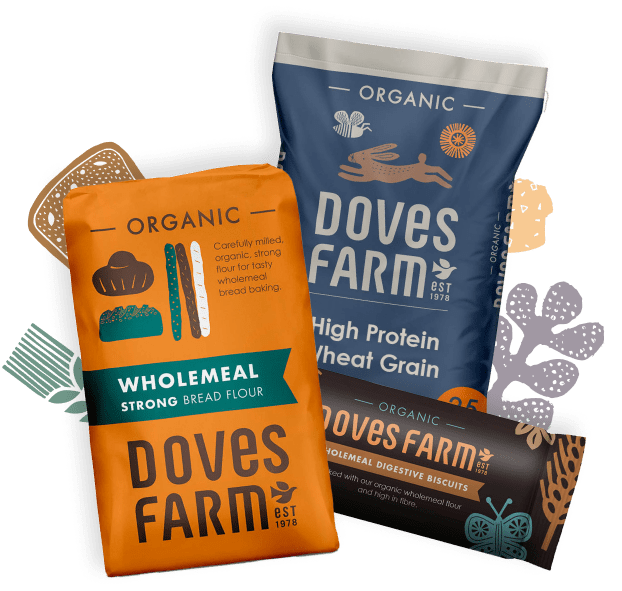

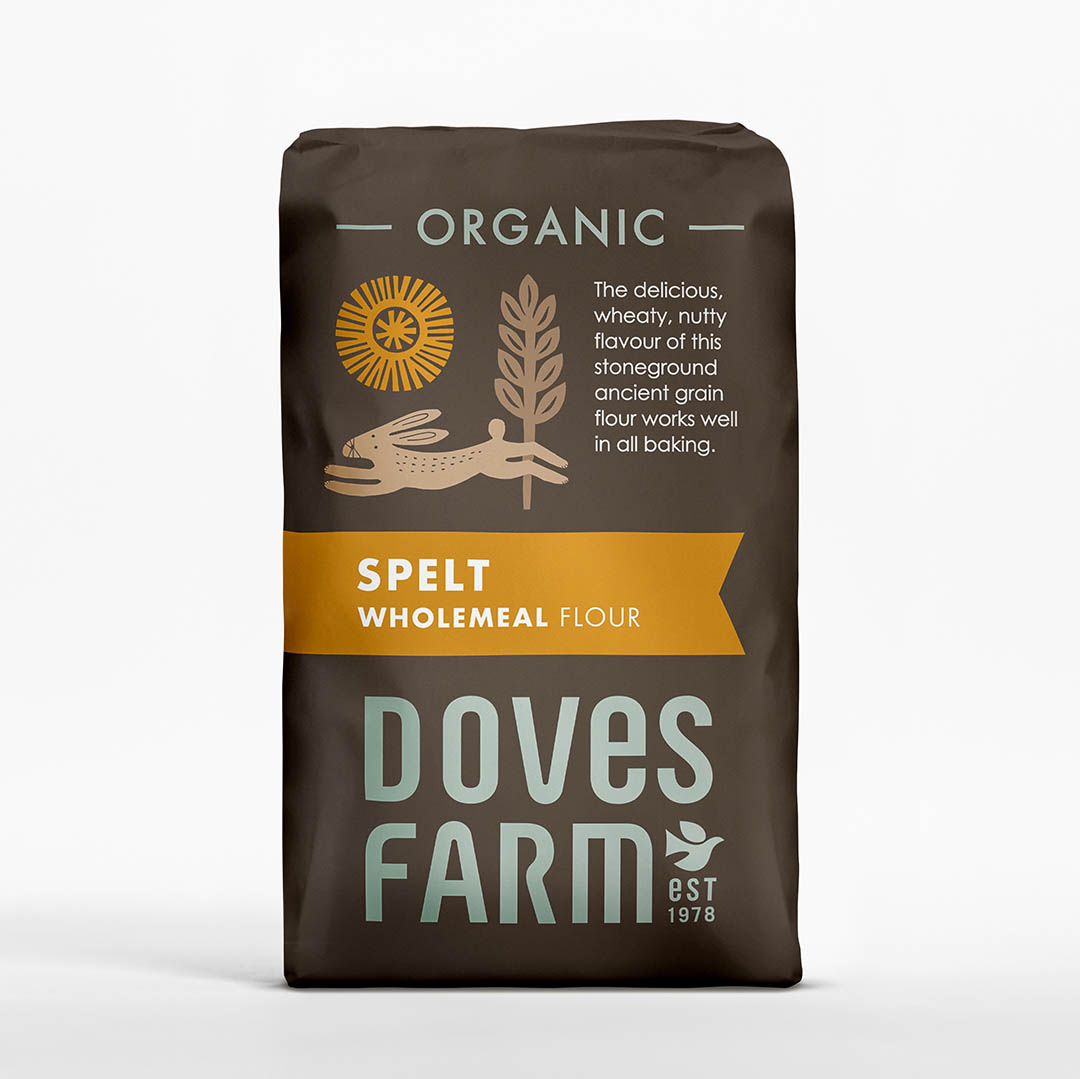
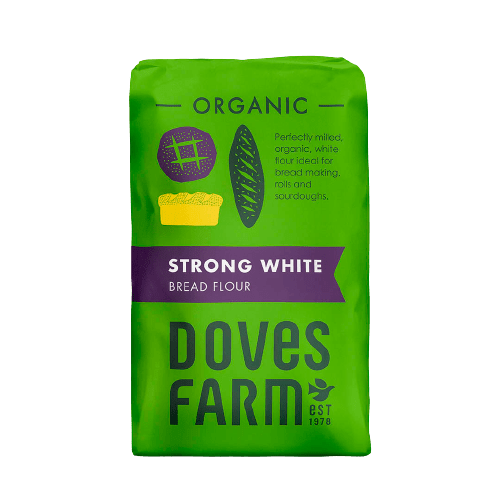
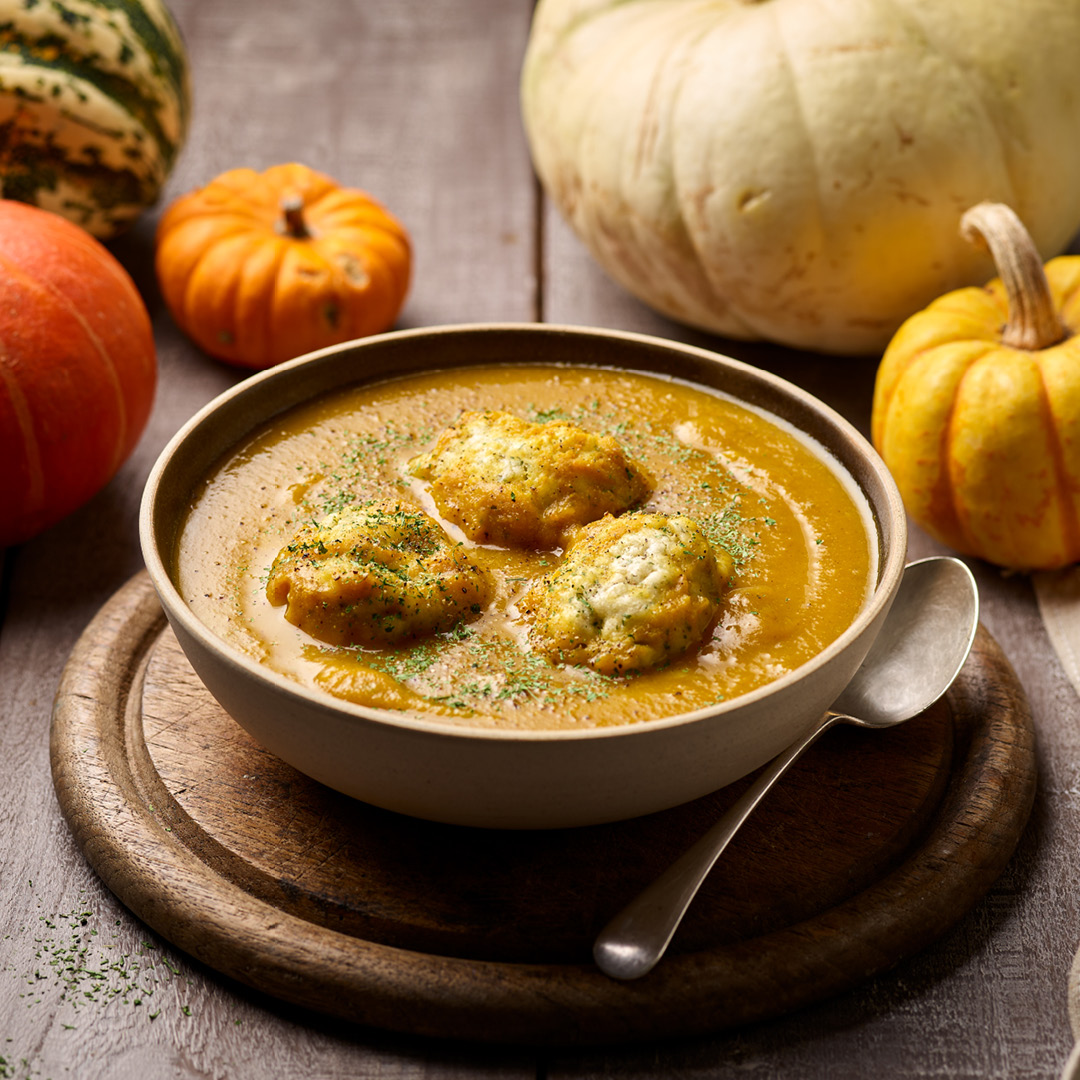
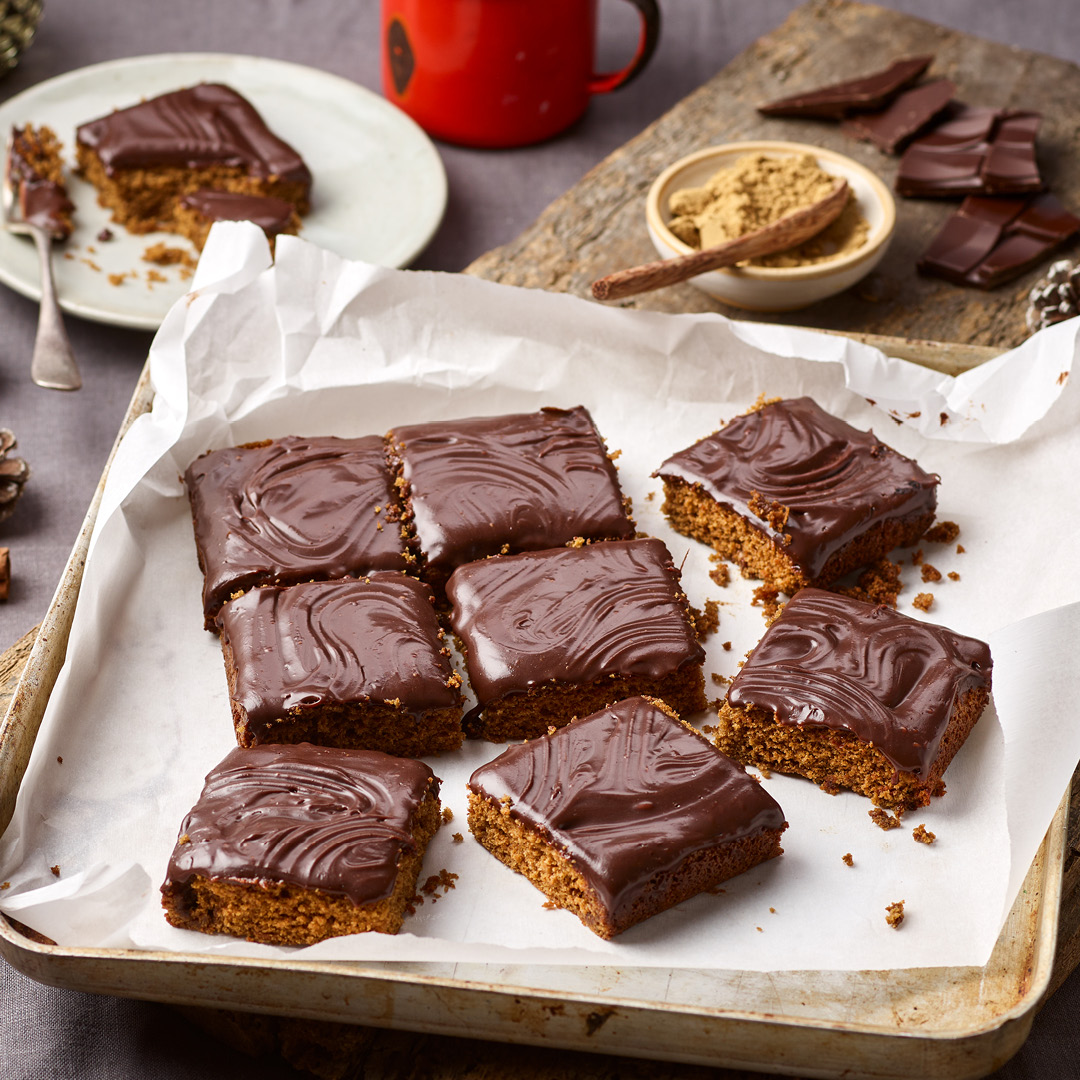
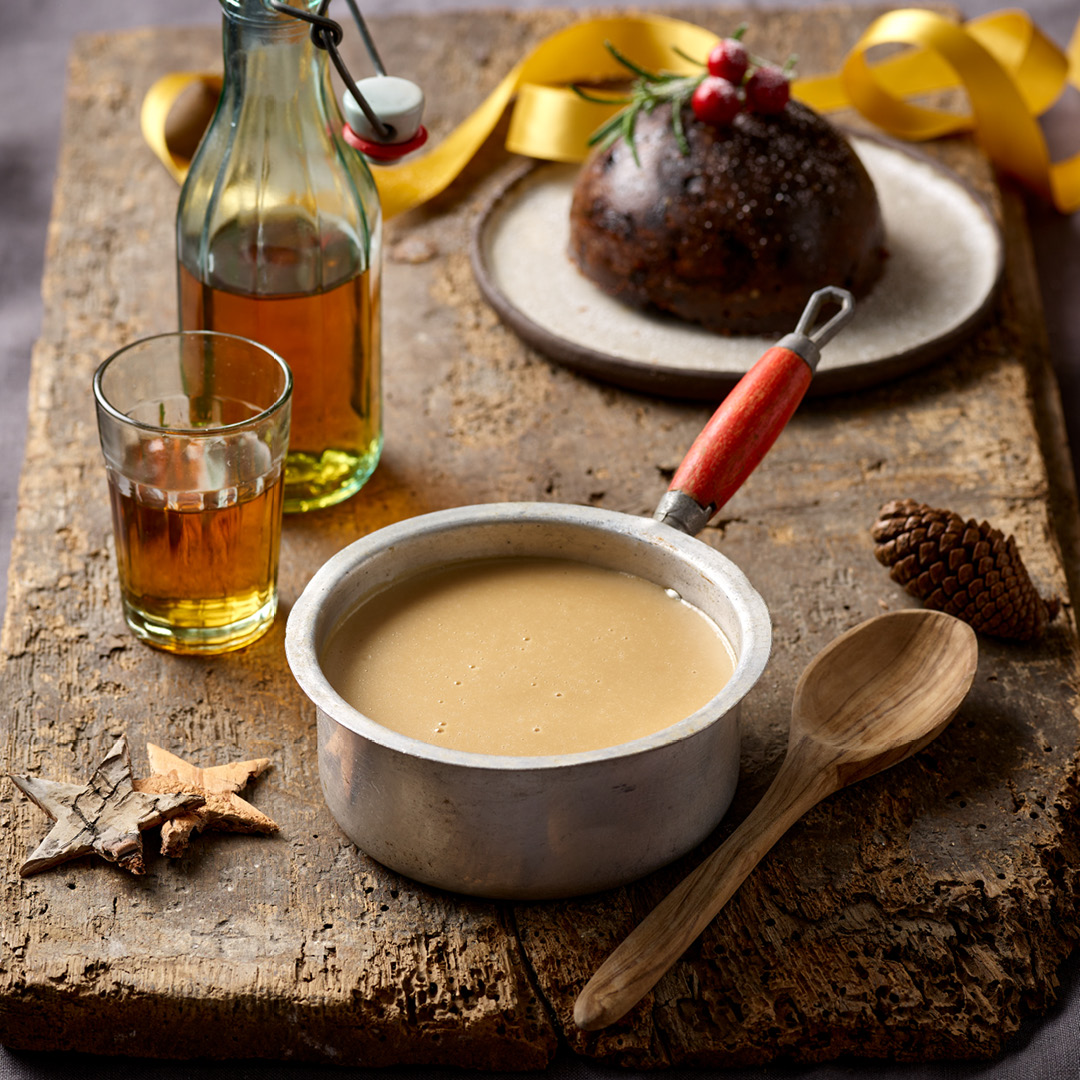
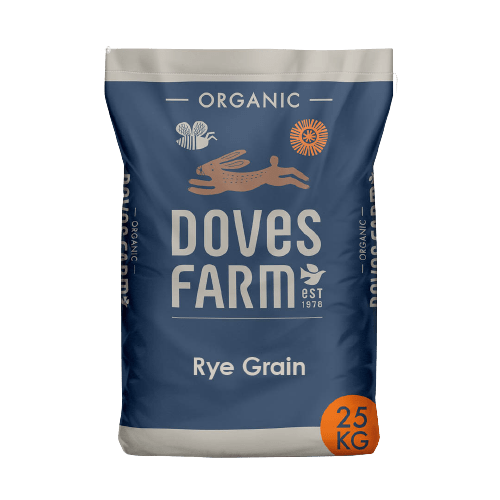
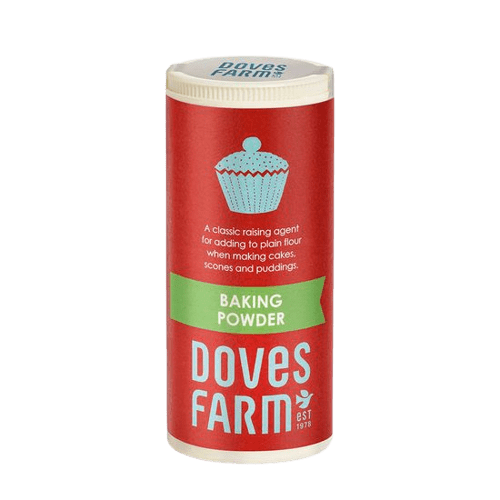
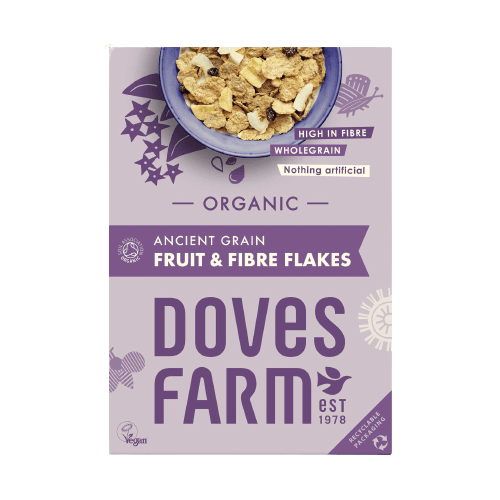
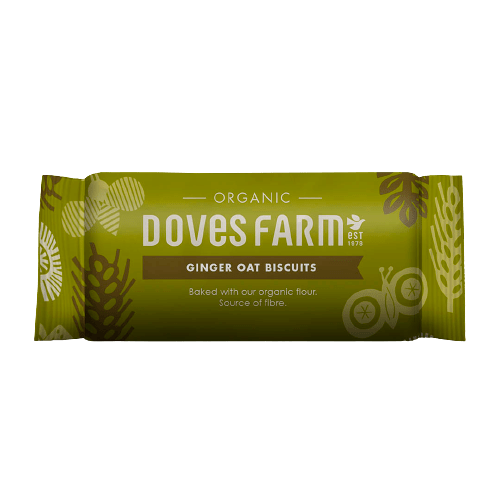
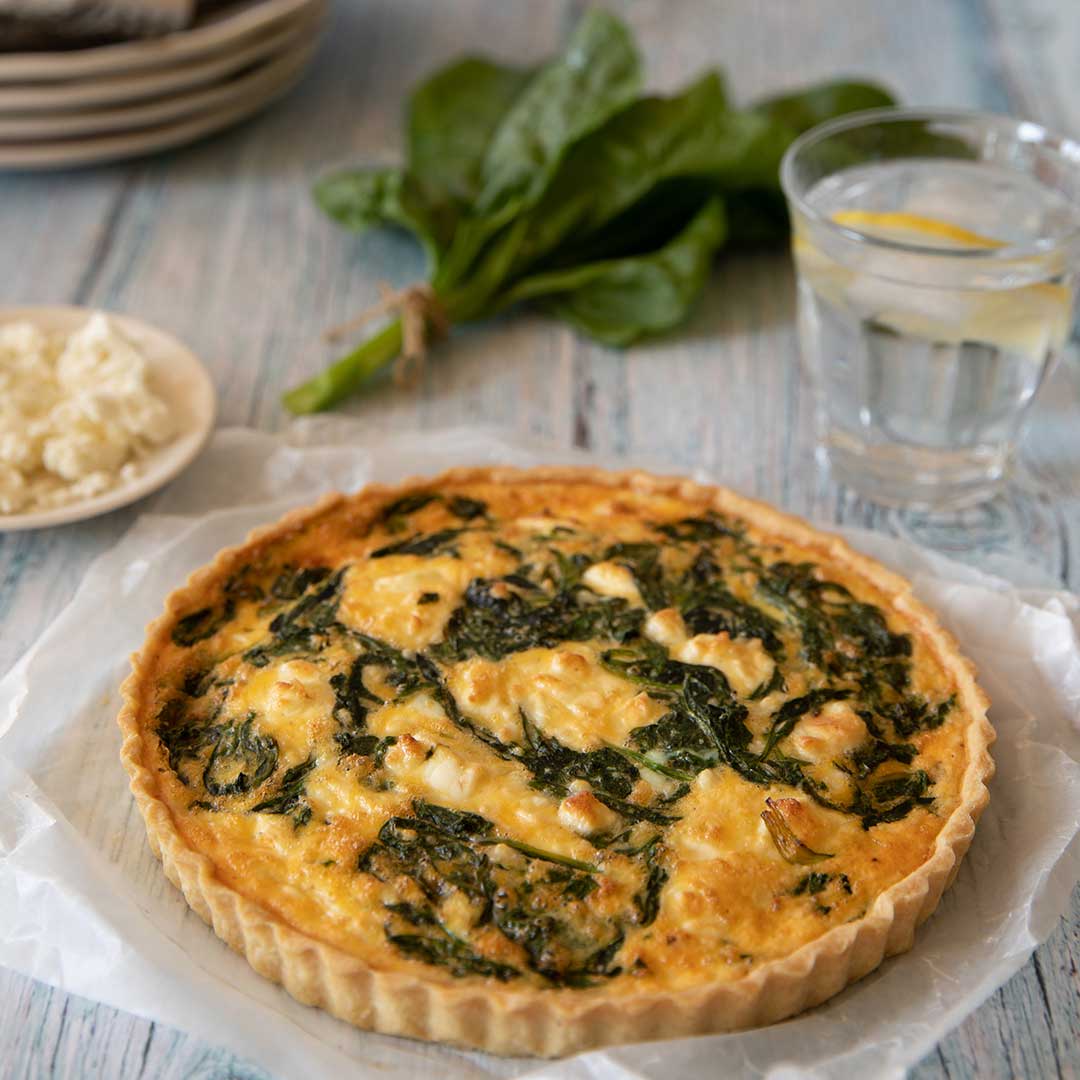
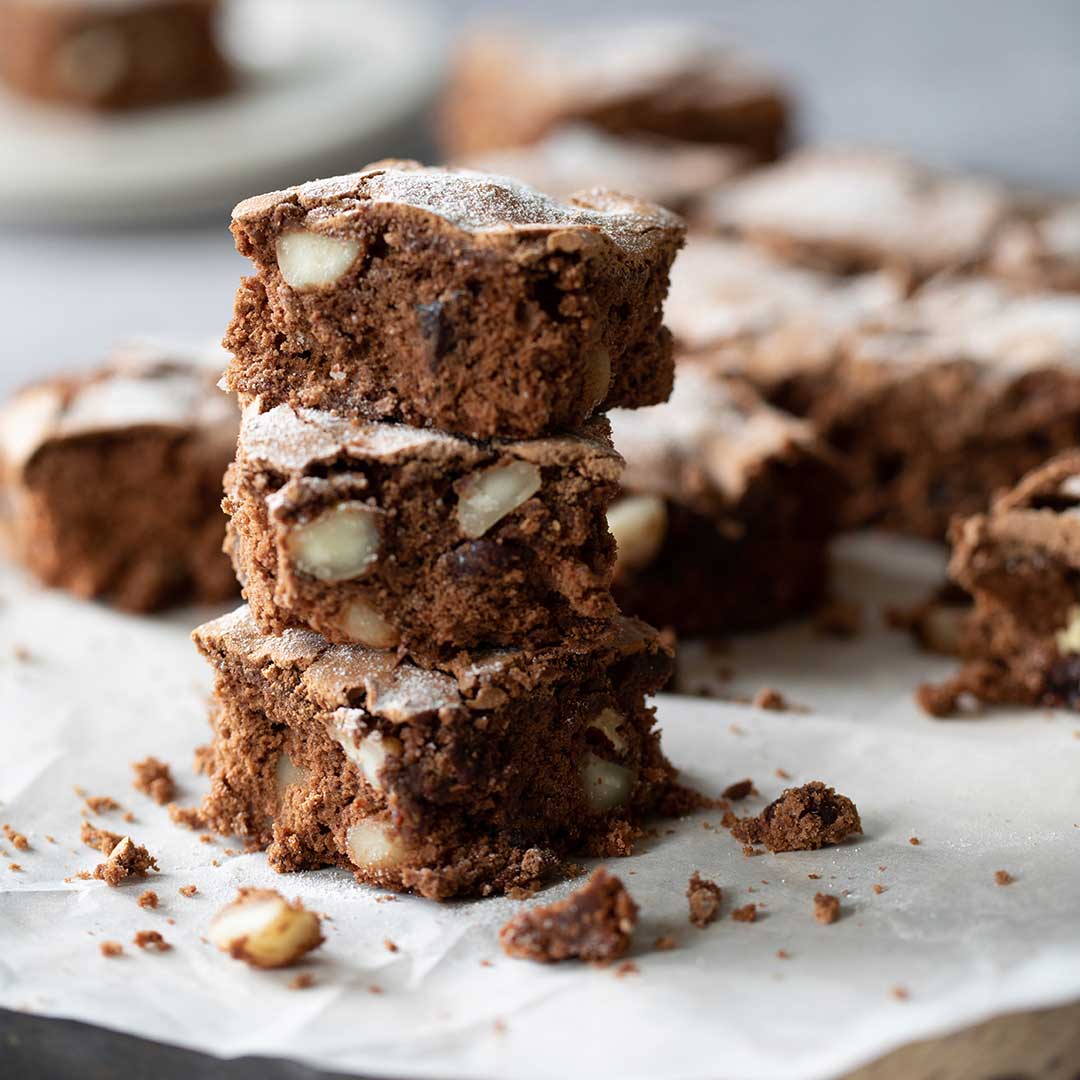
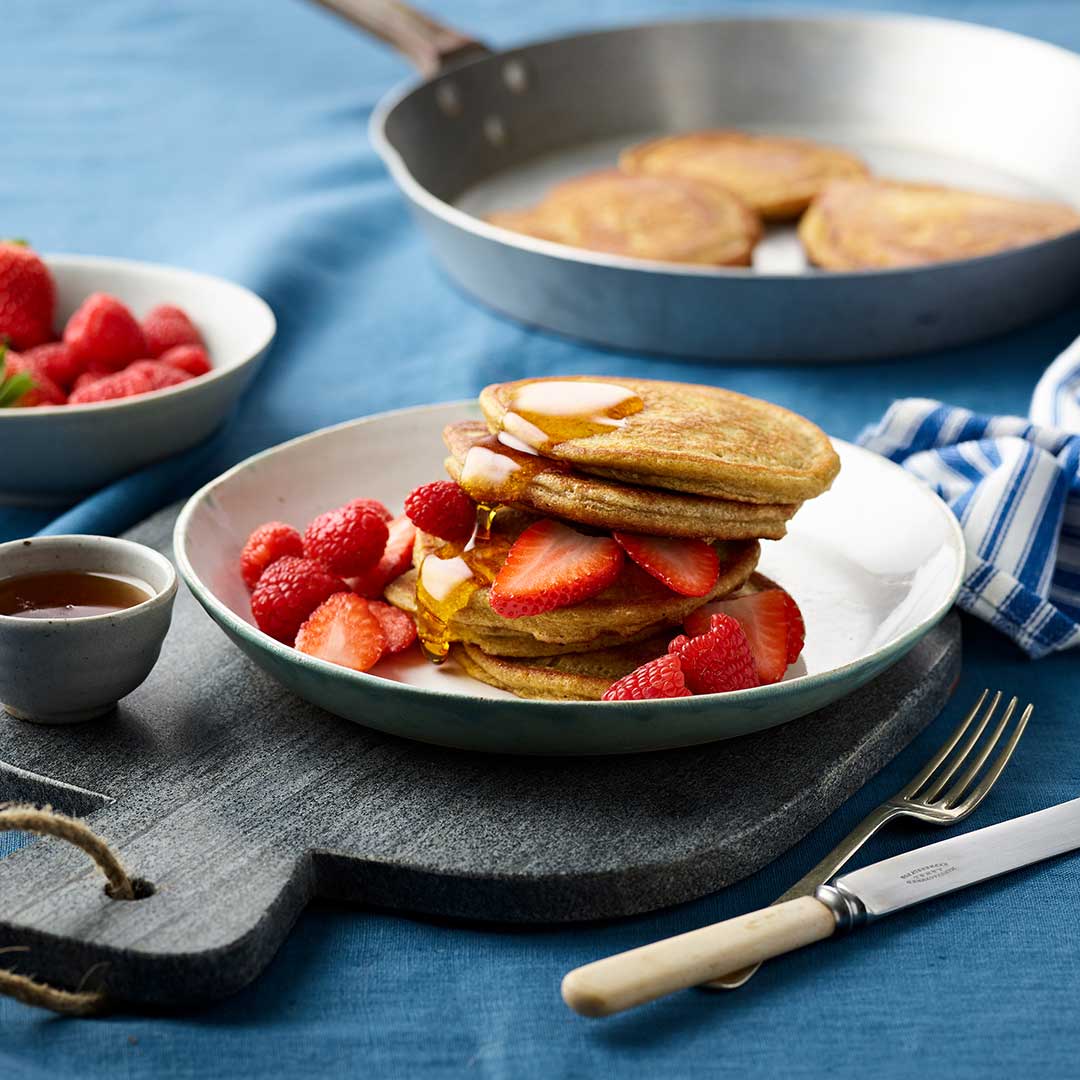
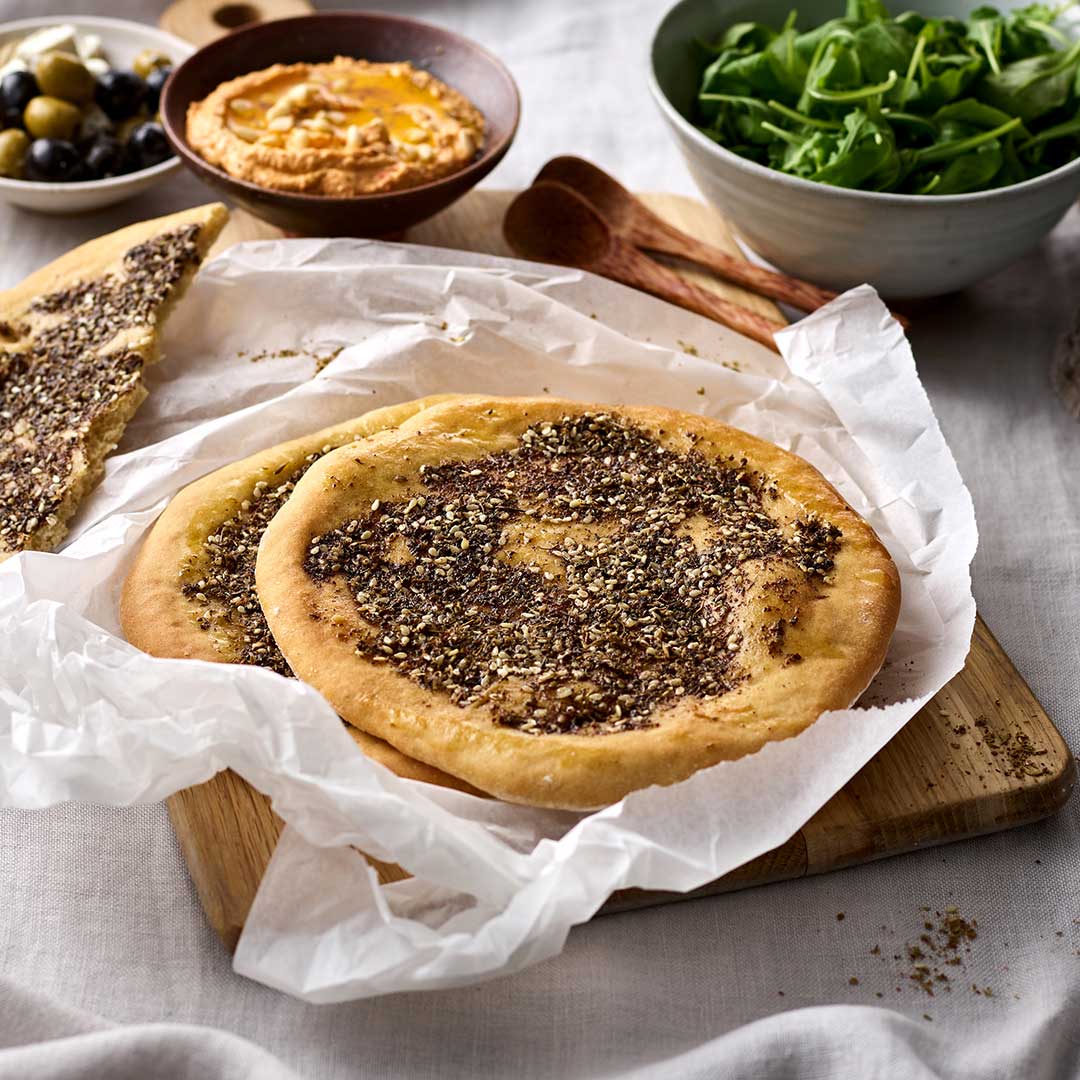






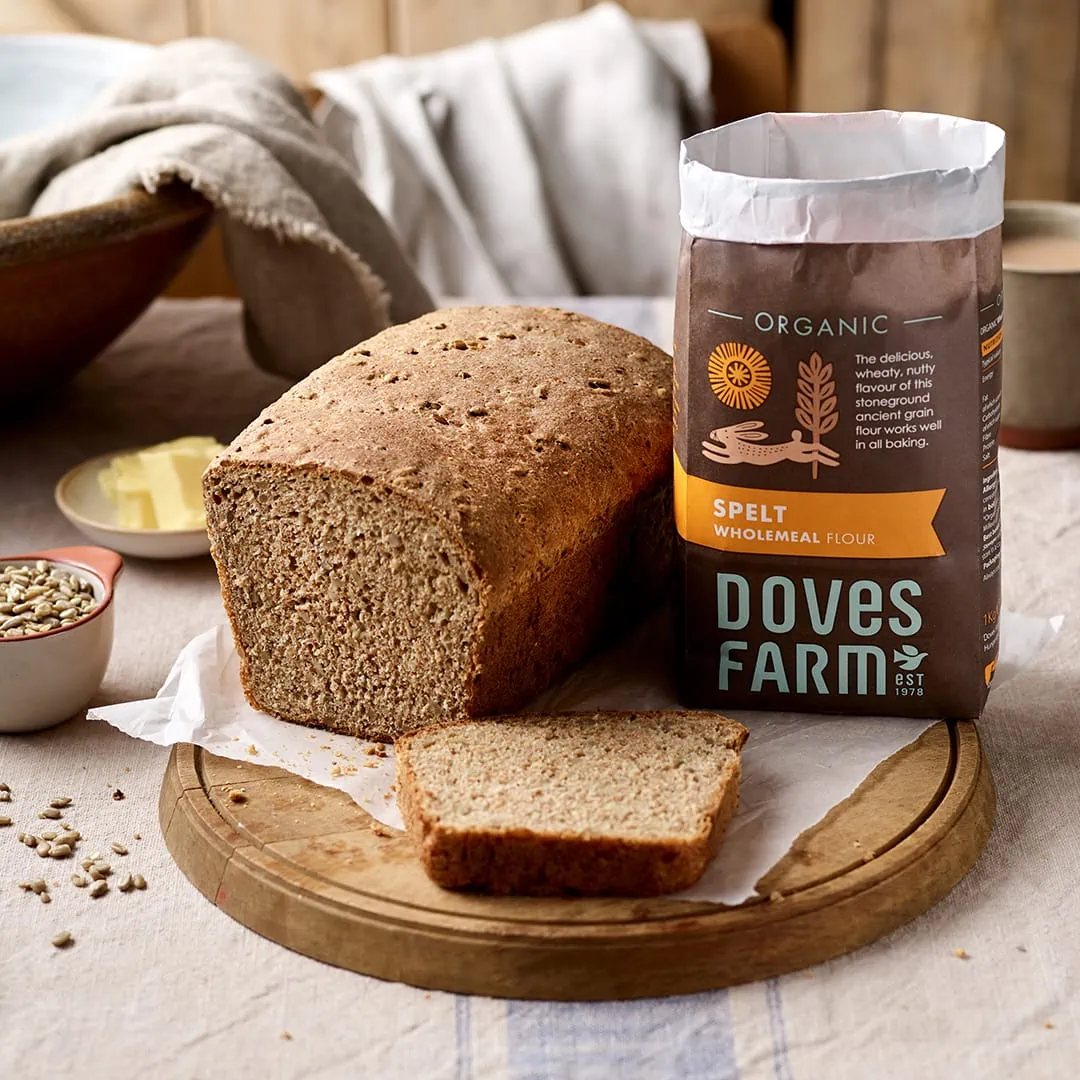
Georgie
After reading many different ( often convoluted ) ways of making a starter I noticed a recipe link on the back of the flour I’d bought to make a starter from. So I thought I give your method a go. It was clear, easy to follow and had a handy tick chart too. Most importantly it worked. Thank you. I then followed the recipe for the actual bread. Brilliant! Success! Thanks again. I also made pancakes with some of the starter very popular and successful too.
Reviewing: How to Make a Sourdough Starter
shirlee posner
I have tried to make sourdough a few times and was successful with this recipe and guide - love the fact you don't have to keep throwing part of it away. All the recipes work really well too - Good Job!
Reviewing: How to Make a Sourdough Starter
Richard
I've tried making a starter many times and usually fail miserably but following your guide made the process easy thanks to the simple to follow instructions. Will be using it in future with different flours, in particular the Spelt and Rye versions. A minor observation: The day 3 instructions have a mistake as in: - "For the first feed of day three (36 hours since beginning your starter)". When I went to school the 4*12 hour steps on days 1 and 2 add up to 48 hours and not 36 as stated. As I said a minor mistake so no problem or critisism
Reviewing: How to Make a Sourdough Starter
Julie Briggs
Very easy to follow and I love the chart reminding me of when to feed it. I had given up on a previous starter that seemed so wasteful on flour and didn’t work properly. I’ve just made my first ferment and now letting the dough rise......excited!
Reviewing: How to Make a Sourdough Starter
Jackie Behar
Thanks Doves! First time I have made sourdough bread. I followed your starter instructions successfully and using your handy chart too. Main problem was finding somewhere warm enough to put it during the night but then discovered the top of my boiler provided the necessary warmth. I now have a starter for keeps that I can use in new and exciting recipes.
Reviewing: How to Make a Sourdough Starter
DAWN ADAMS
This starter is the best I have made, really successful and not wasteful. Also the feeding chart is very useful.
Reviewing: How to Make a Sourdough Starter